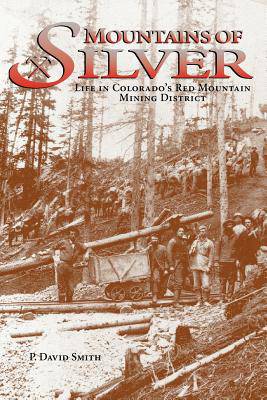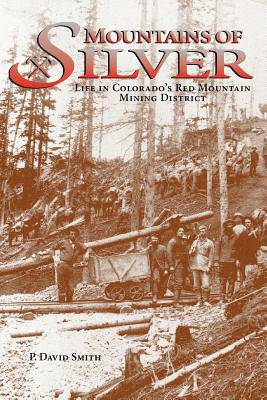
- Afhalen na 1 uur in een winkel met voorraad
- Gratis thuislevering in België vanaf € 30
- Ruim aanbod met 7 miljoen producten
- Afhalen na 1 uur in een winkel met voorraad
- Gratis thuislevering in België vanaf € 30
- Ruim aanbod met 7 miljoen producten
Zoeken
Omschrijving
A little over a century ago, the Red Mountain Mining District in the San Juan Mountains of southwestern Colorado was the scene of a "silver rush" with an output of precious metals second in Colorado only to that of Leadville. In a period of less than twenty-five years, more than thirty million dollars in silver, lead, zinc, copper, and gold were taken from the rich deposits in the mines along Red Mountain Divide -- an amount roughly equivalent to a quarter billion of today's dollars. The histories of the communities that sprang into being with these mines, the railroads constructed to service them, and the men and women who lived, worked and died in them, are the threads deftly woven into the richly textured story of Mountains of Silver. It is a colorful and varied tapestry that depicts the lives of prospectors who made the first rich strikes; the land promoters, speculators, and road-and-railroad builders who capitalized on the frenzied rush to the area; and the motley collection of miners, lawyers, merchants, prostitutes, saloonkeepers, and freighters who attempted to profit from the boom.
Specificaties
Betrokkenen
- Auteur(s):
- Uitgeverij:
Inhoud
- Aantal bladzijden:
- 236
- Taal:
- Engels
Eigenschappen
- Productcode (EAN):
- 9781890437367
- Verschijningsdatum:
- 15/05/1994
- Uitvoering:
- Paperback
- Formaat:
- Trade paperback (VS)
- Afmetingen:
- 152 mm x 229 mm
- Gewicht:
- 349 g

Alleen bij Standaard Boekhandel
+ 69 punten op je klantenkaart van Standaard Boekhandel
Beoordelingen
We publiceren alleen reviews die voldoen aan de voorwaarden voor reviews. Bekijk onze voorwaarden voor reviews.











